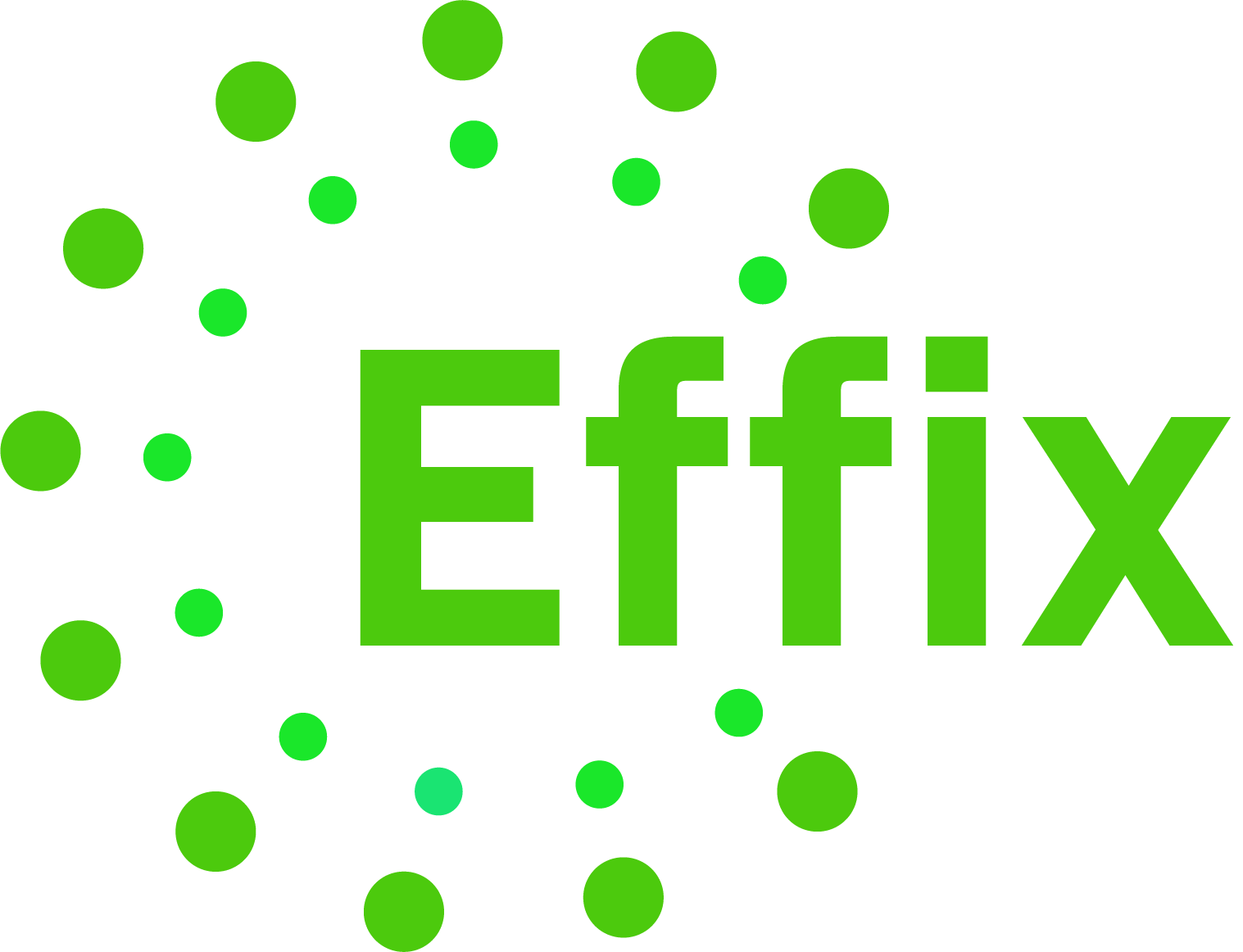The Big Idea
Most companies treat sustainability data as compliance information rather than brand assets. This article explores how forward-thinking organizations are transforming their ESG metrics into compelling narratives that build brand value and customer loyalty.
The Storytelling Gap
Companies are investing millions in sustainability initiatives and collecting mountains of ESG data. Yet when it comes to communicating these efforts, many fall into one of two traps: overwhelming audiences with technical metrics or making vague claims without substance.
The result? A massive missed opportunity to connect with stakeholders and build brand value. The most successful companies are bridging this gap by transforming their sustainability data into meaningful stories that resonate emotionally while remaining credible.
Common Communication Pitfalls
- Data Overload: Bombarding audiences with metrics and technical jargon
- Vague Claims: Making broad statements without specific evidence
- Disconnected Efforts: Sustainability initiatives that feel separate from the brand
- Inauthentic Messaging: Claims that don't align with the company's actions
The companies that avoid these pitfalls are seeing tangible benefits: stronger customer loyalty, improved employee engagement, and enhanced reputation among investors and partners.
From Data to Narrative
Effective sustainability storytelling isn't about abandoning data – it's about transforming it into something meaningful. Here's how leading companies are making this shift:
Find the Human Impact
Connect sustainability metrics to tangible benefits for people – customers, employees, communities – making abstract numbers relatable.
Show, Don't Just Tell
Use visual storytelling, case studies, and specific examples to bring sustainability data to life rather than just stating facts.
Connect to Core Brand
Integrate sustainability narratives with your existing brand story rather than treating them as separate "green initiatives."
Balance Aspiration & Action
Combine forward-looking goals with concrete current achievements to create narratives that are both inspiring and credible.
The Narrative Framework
Effective sustainability stories typically follow a structure that balances emotional engagement with factual credibility:
The Four-Part Sustainability Story
-
1
The Challenge
Establish the sustainability issue and why it matters to your audience and business. Use specific data to define the scope.
-
2
The Approach
Explain your unique approach to addressing the challenge, highlighting what makes your strategy distinctive.
-
3
The Impact
Share specific results using a mix of quantitative metrics and qualitative examples that demonstrate real-world effects.
-
4
The Future
Connect current achievements to future goals, inviting stakeholders to be part of the ongoing journey.
This framework provides enough structure to create coherent narratives while allowing flexibility for different industries, audiences, and sustainability initiatives.
Channel-Specific Strategies
Effective sustainability storytelling adapts to different communication channels while maintaining a consistent core narrative:
Website & Annual Reports
Your digital presence and formal reports should provide the comprehensive version of your sustainability story:
- Create dedicated sustainability sections with intuitive navigation
- Use interactive data visualizations to make metrics engaging
- Include video testimonials from beneficiaries and stakeholders
- Provide downloadable assets for those who want deeper data
Social Media
Social platforms require more concise, visual approaches to sustainability storytelling:
- Create "bite-sized" data points with compelling visuals
- Share behind-the-scenes content of sustainability initiatives
- Highlight individual stories and specific impacts
- Use platform-specific features (Stories, Reels, etc.) creatively
Product Packaging & Retail
Physical touchpoints offer unique storytelling opportunities:
- Use QR codes to connect physical products to digital sustainability stories
- Create concise impact statements that fit on packaging
- Design in-store displays that highlight sustainability initiatives
- Train customer-facing staff to share sustainability narratives
Effix's platform helps you transform complex sustainability data into compelling narratives. Our solution not only collects and manages your ESG metrics but also provides tools to visualize data, identify storytelling opportunities, and create consistent messaging across channels.

